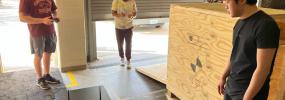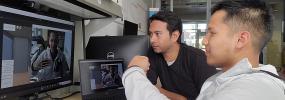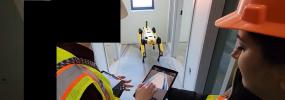Environmental disasters, such as storms, wild fires, hurricanes, and oil spills, displace and disrupt the lives of millions of Americans every year. For example, in 2018, California wildfires caused the evacuation of 50,000 people; in 2005, Hurricane Katrina destroyed an estimated 300,000 homes leaving more than 1 million people homeless; and more recently in 2017, Hurricane Maria damaged more than 60,000 homes and left 450,000 customers without power (Fig. 1 [1]). Such disasters have two major impacts: • Disasters have a profound psychological impact.











